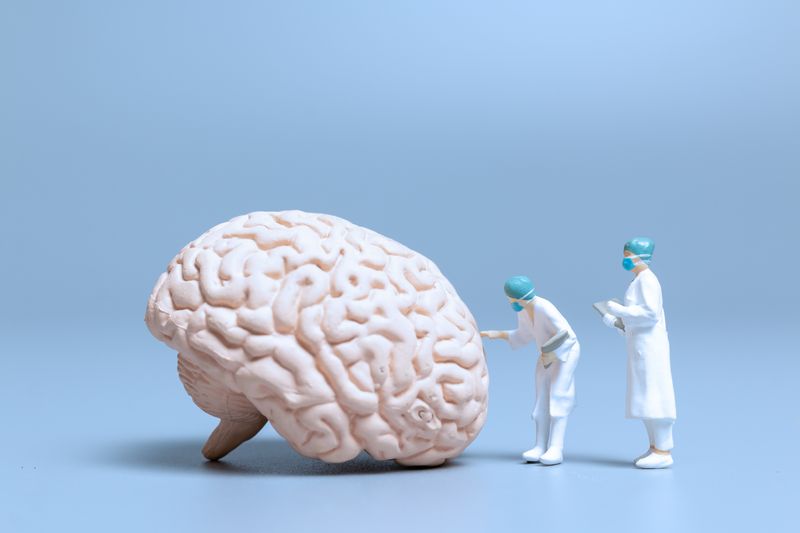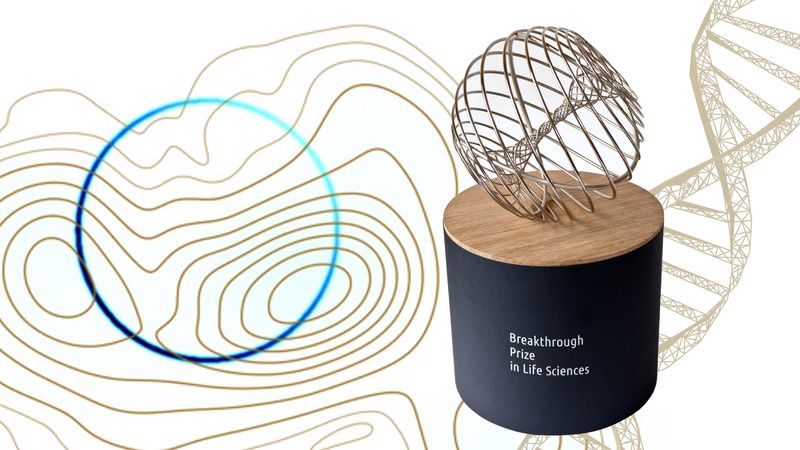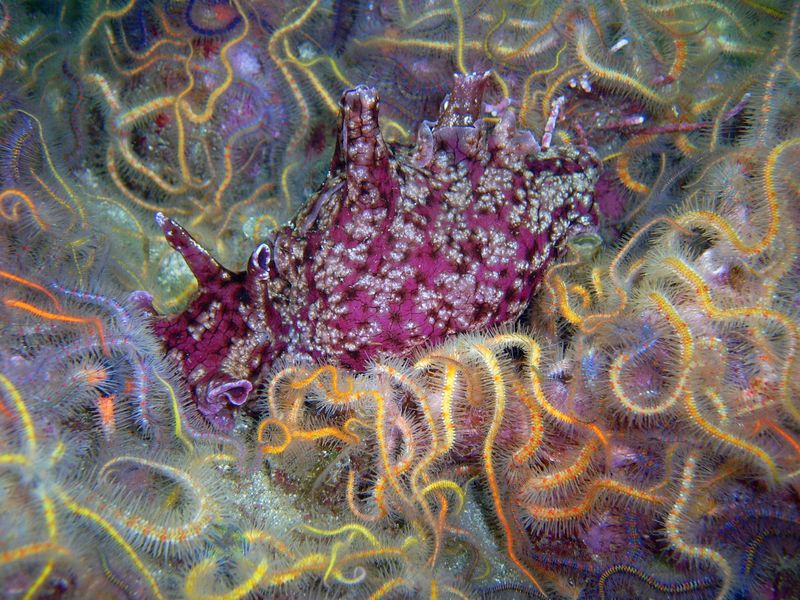We all know what a headache feels like. Whether it’s from overindulgence the night before, staring at a screen for too long, or even just eating ice cream too quickly, the occasional pain in the head is a fact of life. At their most severe, disorders like migraine and cluster headaches can be very serious and debilitating. But how is all this possible when the brain itself cannot feel pain?
Pain in the brain
The human brain is a veritable smorgasbord of different tissues and cell types, from the ubiquitous neurons to star-shaped astrocytes. One thing it lacks, however, is pain receptors.
Now, the pedantic amongst you may be about to argue that of course the brain can “feel” pain, in the sense that the only way we can perceive pain anywhere on our bodies is because the brain registers the sensation as bad. That is true, but what we’re talking about here is the brain tissue itself. Believe it or not, if we could open up your skull right now and poke it, it wouldn’t hurt – although we do admit the “sawing through your cranium” part would probably sting a bit.
We have evidence of this, as Dr Nish Manek explained for BBC Science Focus: “This has been demonstrated in neurosurgical procedures, in which stimulation of the brain tissue itself in patients who are awake did not cause pain.”
Awake brain surgery is more common than you might think. It allows doctors to keep a close eye on a patient’s faculties – such as by asking them to talk or play a musical instrument – during procedures like tumor removals, to ensure they don’t cause unnecessary damage to healthy areas of tissue. Thankfully, we can do this without the person screaming in pain.
Nociceptors
In the rest of the body, there are special types of sensory receptors called nociceptors whose job it is to alert the central nervous system to harmful stimuli. There are various different types, which can detect anything from temperature to particular chemical signatures (like capsaicin), pressure, and even internal damage to the body.
You can thank your nociceptors for the pain you feel when you accidentally touch a hot stove with your bare hand – the super-fast relaying of the “this is too hot” message to the brain is what prompts the onward signal to the muscles of your arm to jerk your hand out of harm’s way.
The brain itself has no nociceptors, so nothing to alert it to the gloved hand of the surgeon prodding it incessantly, which is why this causes no pain.
Fair enough – but that still doesn’t explain why we get headaches.
Not all headaches are created equal
We use the term “headache” pretty freely – it’s just what we say when we have any pain in the general head/face/upper neck area. But not all headaches are created equal, and understanding the different types can help explain where they come from.
Dehydration
A headache is one of the most common symptoms of a hangover. One of the main culprits is thought to be dehydration, which is not just something to look out for if you’re planning a heavy night on the booze – not drinking enough water in general, especially in warmer weather, could have you reaching for the Advil bottle.
According to Harvard Health Publishing, there’s no consensus on the exact cause of dehydration headaches. It’s possible that the movement of fluid out of the brain as the body tries to redress its internal balance can put pressure on the meninges – the membrane layers between the brain and the skull. Unlike the brain itself, the meninges do have pain receptors, hence the headache. Incidentally, this is also the reason why meningitis – bacterial, viral, parasitic, or fungal infections of the meninges – often has a severe headache as one of the main symptoms.
If dehydration is the cause, the best remedy is to drink some water. And take heart – thanks to some fascinating science, there’s cause to hope that hangover-free drinking may be just around the corner.
Tension
Another very common type of headache is the tension headache, often caused by stress or sleep issues. If you’ve ever stood up from your desk after hours engrossed in a task and realized that your shoulders have been scrunched up by your ears the whole time, you’re probably familiar with tension headaches. The pain in this case comes from the muscles of the face and neck, and can be eased by things like massage or over-the-counter painkillers.
If you wake up with a pain in your neck, you may need to consider changing the type of pillow you sleep on. Headaches in the morning can also be a sign that you’re grinding your teeth in your sleep, a common condition called bruxism, which is worth discussing with your dentist.
Brain freeze
Ice cream headaches, what many people refer to as “brain freeze”, thankfully have nothing to do with actually lowering the temperature of your brain, which would likely not end well. Rather, blood vessels at the back of the throat quickly constrict when faced with the frozen, creamy goodness, before slowly dilating again as the temperature returns to normal. In some unlucky people (and cats, apparently), this movement of the blood vessels can trigger a pain response in the surrounding nerves.
Migraine
Migraine is an oft-misused term. This disorder is distinct from your regular, garden-variety headache – and in fact, some migraine sufferers don’t experience pain at all.
For those who do, the pain is usually very intense and limited to one side. It often comes with other unpleasant symptoms, like nausea and light sensitivity, and can last for several hours at a time.
Some patients will experience other neurological symptoms, with or without pain, which are collectively defined as migraine aura. These can be visual – seeing strange shapes or lights, or even temporary loss of vision – or can affect language or movement. It’s thought that one in 10 people in the US experience migraines, and scientists aren’t sure of the exact causes, although hormone fluctuations during the menstrual cycle are a known trigger.
Cluster headaches
Cluster headaches are thankfully rare, but cause excruciating, sudden pain on one side of the head. The pain is often localized around the eye, and there may also be symptoms such as a smaller pupil or a drooping or swollen eyelid.
The attacks usually last between 15 minutes and three hours and can occur multiple times a day, with periods of frequent attacks followed by periods of remission for months or even years.
Once again, the underlying cause of cluster headaches is not known. Typical pain medications aren’t effective either, but there are a couple of other drugs and also a type of oxygen therapy that can help.
This covers many of the common types of headaches. As we’ve seen, there are lots of things that can bring on a pain in the head, and lots more for scientists to discover about the more severe and rarer causes. One thing is for certain though: a headache is definitely not the result of pain in the brain.
The content of this article is not intended to be a substitute for professional medical advice, diagnosis, or treatment. Always seek the advice of qualified health providers with questions you may have regarding medical conditions.
All “explainer” articles are confirmed by fact checkers to be correct at time of publishing. Text, images, and links may be edited, removed, or added to at a later date to keep information current.




